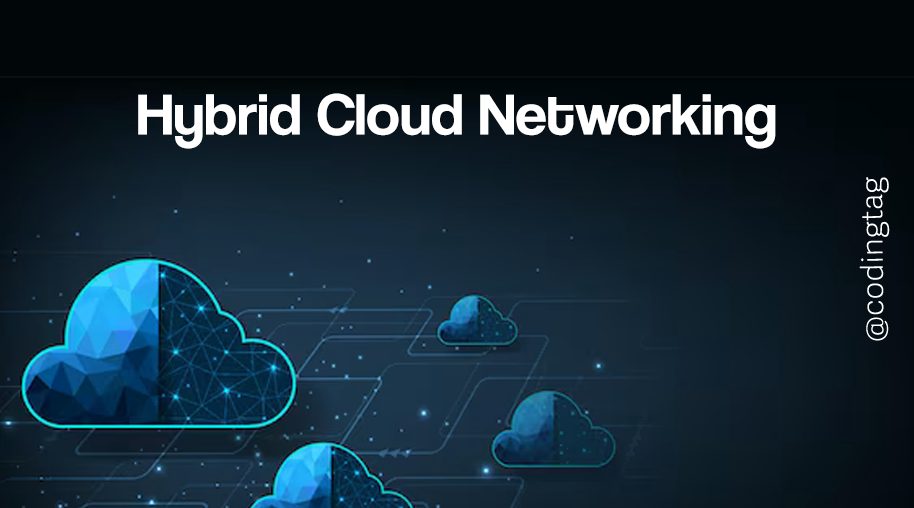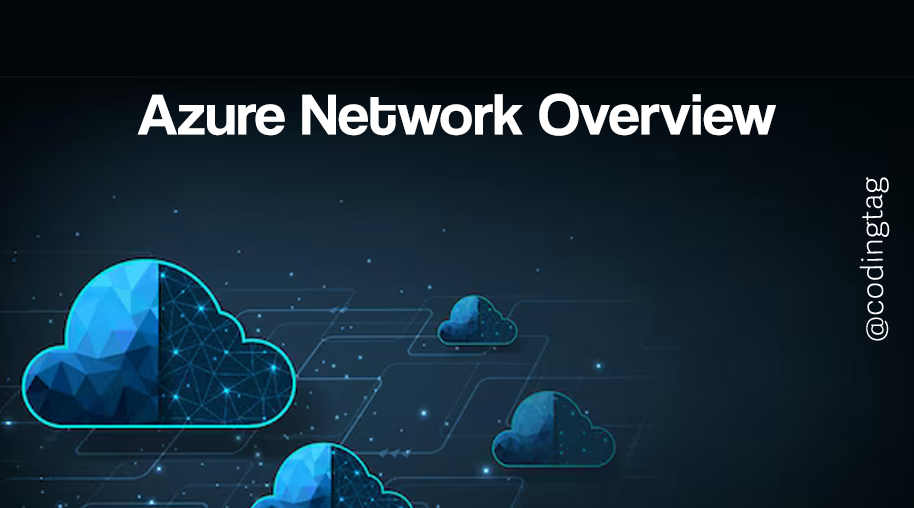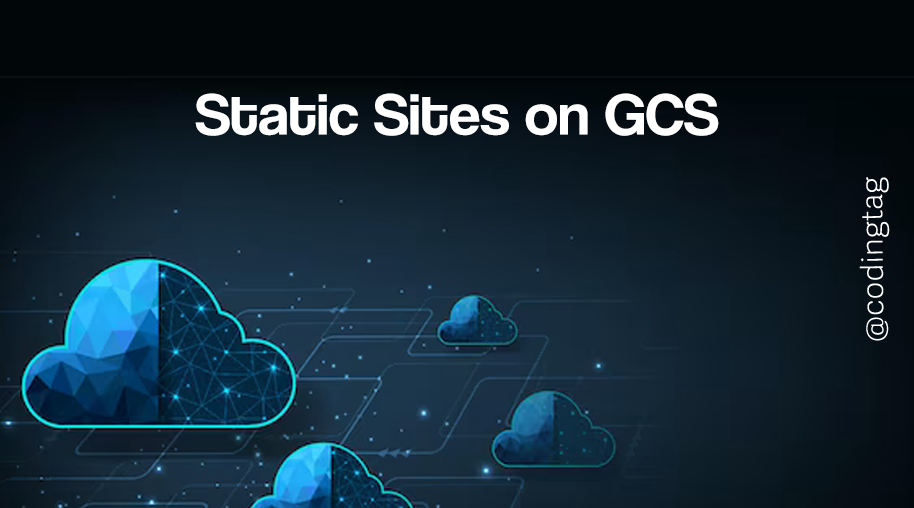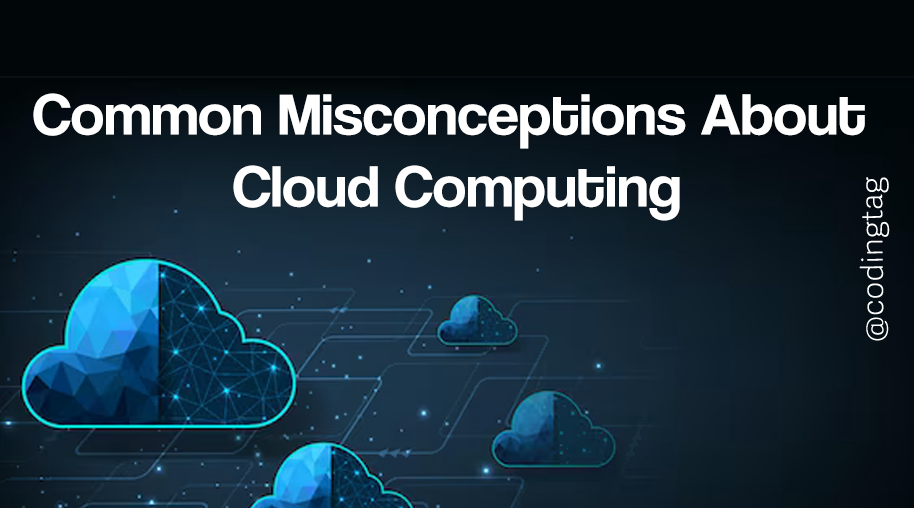Hybrid Cloud Networking
0 759
Hybrid Cloud Networking
Hybrid Cloud Networking bridges on-premises infrastructure with public cloud environments, enabling businesses to securely connect and manage resources across both.
This setup combines the flexibility and scalability of the cloud with the control and security of traditional data centers.
Why Choose a Hybrid Cloud Model?
Enterprises often choose a hybrid cloud model to meet compliance requirements, reduce latency, maintain legacy workloads, or control costs. Hybrid networking ensures these environments are seamlessly integrated for consistent performance, security, and governance.
Core Components of Hybrid Cloud Networking
- VPN (Virtual Private Network): Creates a secure tunnel between on-prem and cloud.
- Direct Connect / ExpressRoute: Dedicated private connectivity offered by AWS or Azure for low latency.
- Cloud Gateways: Network components that handle communication and traffic routing.
- Load Balancers: Distribute traffic across cloud and on-prem resources efficiently.
Example: AWS Site-to-Site VPN
# AWS VPN Connection example using Terraform
resource "aws_vpn_connection" "example" {
customer_gateway_id = aws_customer_gateway.example.id
vpn_gateway_id = aws_vpn_gateway.example.id
type = "ipsec.1"
static_routes_only = true
}
Example: Azure ExpressRoute
az network express-route create \ --name MyExpressRoute \ --resource-group MyResourceGroup \ --location "East US" \ --bandwidth 200 \ --provider "Equinix" \ --peering-location "Silicon Valley"
Security Considerations
Security is critical in hybrid cloud setups as data travels across public and private networks. Key security practices include:
- Use IPSec VPNs with strong encryption standards.
- Apply network ACLs and security groups to restrict traffic.
- Monitor traffic with IDS/IPS systems.
- Enforce strict identity and access management across environments.
Monitoring and Observability
Monitoring hybrid environments requires tools that can observe both cloud-native and legacy systems. Some popular solutions include:
- Azure Monitor
- AWS CloudWatch with custom metrics
- Prometheus with federation for multi-site metrics
- OpenTelemetry for unified tracing
Challenges of Hybrid Networking
- Latency: Inconsistent performance due to geographical and routing delays.
- Complexity: Managing infrastructure and policies across environments.
- Cost: Dedicated links and bandwidth charges can add up.
- Security: Expanded attack surface if not properly secured.
Best Practices
- Design with redundancy using multiple connections or paths.
- Segment networks using subnets and virtual networks for better control.
- Implement automation with tools like Terraform or Pulumi for provisioning.
- Regularly audit and test your hybrid connectivity and failover mechanisms.
Conclusion
Hybrid Cloud Networking is a powerful architecture that allows organizations to get the best of both worlds: the flexibility of cloud and the control of on-premise environments.
When designed correctly, it supports high availability, compliance, and future scalability without compromising security or performance.
If you’re passionate about building a successful blogging website, check out this helpful guide at Coding Tag – How to Start a Successful Blog. It offers practical steps and expert tips to kickstart your blogging journey!
For dedicated UPSC exam preparation, we highly recommend visiting www.iasmania.com. It offers well-structured resources, current affairs, and subject-wise notes tailored specifically for aspirants. Start your journey today!

Share:







Comments
Waiting for your comments